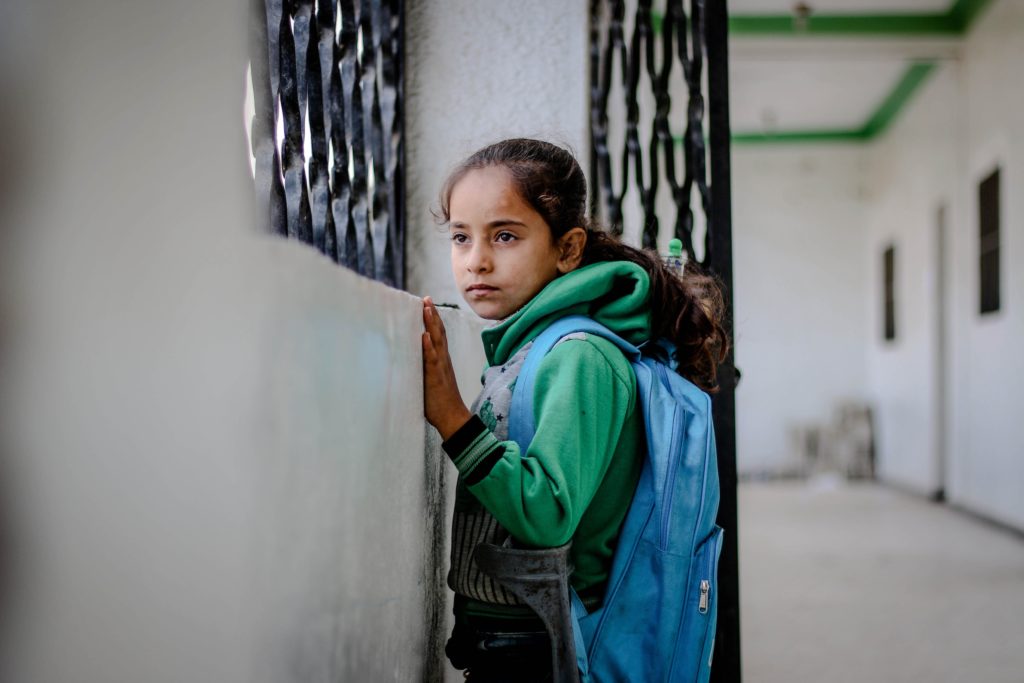Authors Dion Burns, Danny Espinoza, Naomi Ondrasek, Man Yang for the Learning Policy Institute
Students experiencing homelessness in California are defined as “individuals who lack a fixed, regular, and adequate nighttime residence.” Nearly 1 in 5 of the nation’s population of students identified as experiencing homelessness reside in California. The incidence of student poverty and homelessness in California has been rising steadily both in absolute numbers and as a percentage of the total student population. Between 2015–16 and 2018–19, the number of students identified as experiencing homelessness in grades k–12 rose by 7%. Data for 2018–19 show that 270,000 or 1 in every 23 students in the state was identified as experiencing homelessness, and these figures likely represent an undercount.

The greater incidence of homelessness among communities of color is particularly alarming. California data from 2018-19 shows that more than 7% of African American students, 6% of Native American or Alaskan students, and 6% of Pacific Islander students were identified as experiencing homelessness. Students experiencing homelessness in the state are also more likely to be English learners and eligible for special education services.
Read the full article from the Learning Policy Institute and download their report by clicking HERE.
TRiGroup's Advice: Don't need to wait for State and Federal change before taking action locally. It's important to recognize the various type's of homelessness and housing insecurity, strengthen the identification process at both initial enrollment and throughout the year, and implement specific features of the Multi-Tiered System of Supports (MTSS) that meet the needs of students who don't have stable housing.